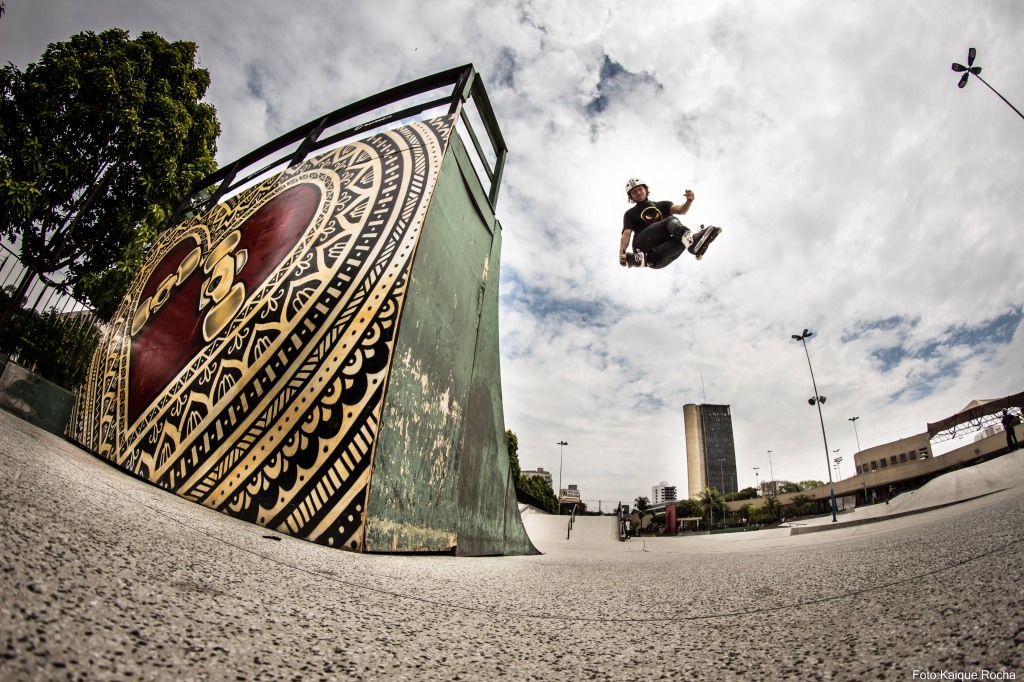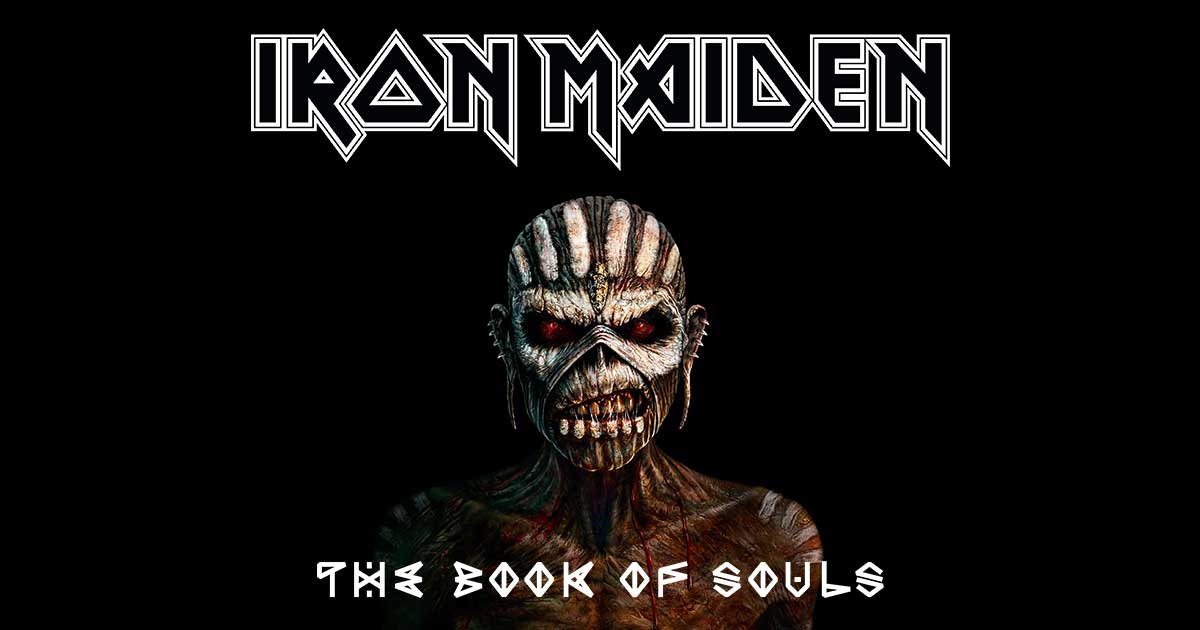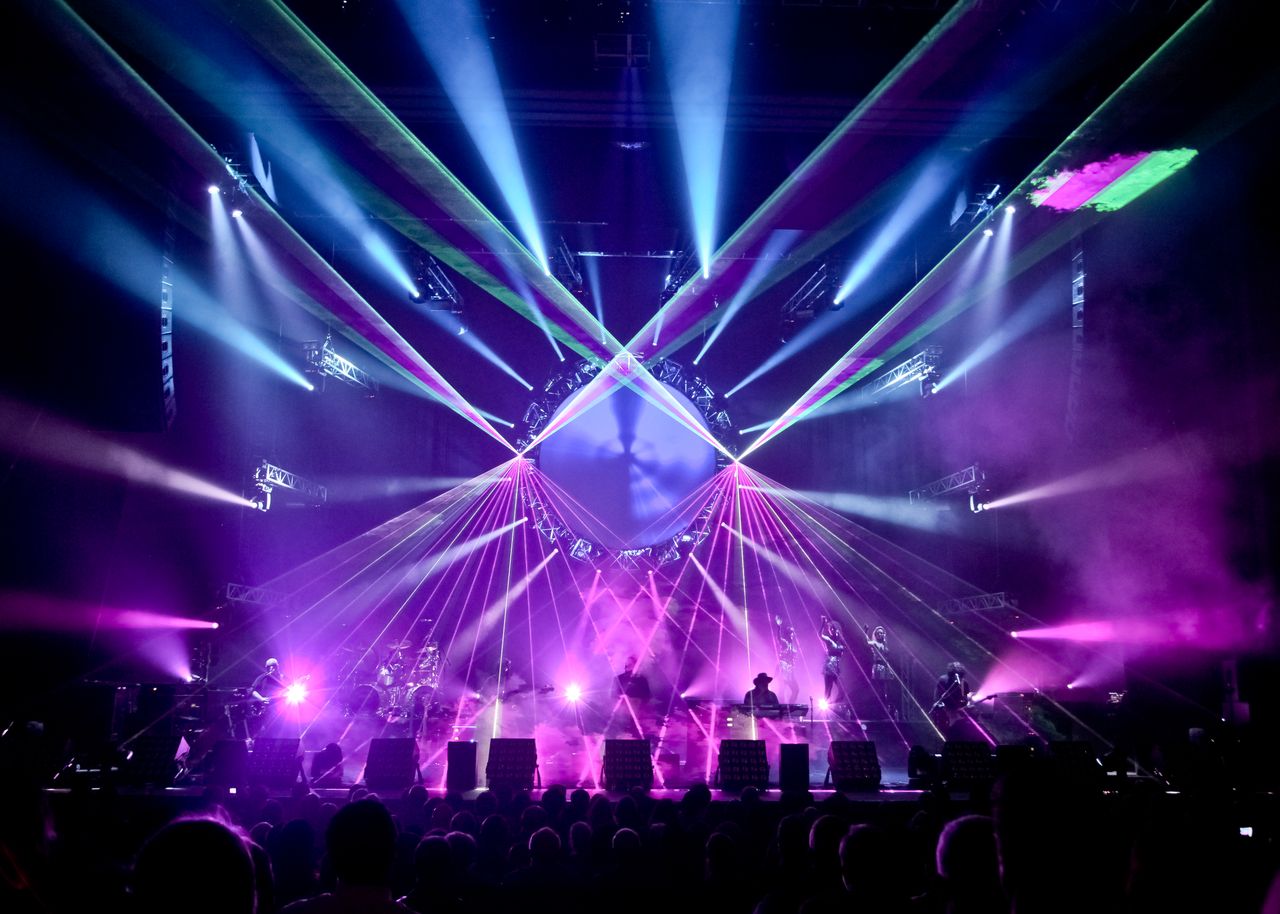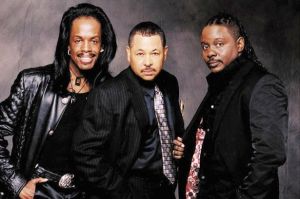Hey y’all, I am back after another little hiatus. A lot happened in the last two years. I moved to Prague, Czech Republic, started an English teaching career, scrambled to save the career due to our ugly friend, Corona, and am now back into writing. Whew.
So you get it, there wasn’t a lot of time to write music reviews. I am slowly getting back into the game. Also, building Spotify playlists has become a big hobby (is that even a hobby?) so, shameless self promotion aside, check em’ out!
So, what’s on the menu for today? How about some concert experiences.

Unlike the impressive concert streak of 2017 and the early part of 2018 (something like 20 shows) my European show attendance has not been up to par. That is not to say I haven’t had many experiences or discovered balls-to-the-wall epic music, though.
So far, I have attended four shows abroad, all in the Czech Republic. My general impression of Czech shows is closer to a general cultural analysis…subdued brutality.
The setup is grander. The sound quality is, for the most part, top notch. You can tell Europe takes its metal shows seriously. However, I miss the raw energy found in small U.S. venues, that “fuck you” punkish mentality reserved for the patched up, drunken thrasher.
Folks here are just…well, chill. They go for the music, typically leaving beer (cheaper and better, by the way) at the bar. As someone who started a circle pit during a Gorguts show, you have to understand that this is just a bit disappointing for me. But hey, why not just stand in a trance to Through Silver and Blood? Who needs a wall of death during Vicarious? But, only four people do the toxic waltz during Amon Amarth’s Twilight of the Thunder God, including my buddy and I.
That is not to say that crowds over in the CZ are any less passionate, nor the shows less intense. I mean, got damn, I had blood thrown on me for Chris’ sakes! Seriously, real pigs blood, from Erik Danielsson’s (Watain) goblet during a satanic rite. This, coupled with the show needing to be relocated to a venue half the original’s size, made Watain the most intense, nearly terrifying concert I have ever attended.
Into the Roaring 20’s
2020 looked to to be a strong year. Devin Townsend, Swans, Gojira/Korn, Ulver, System of a Down…
…And then Corona 2020 hit.

Where is metal going in 2020? Honestly, from current trends, it looks as if the industry is going to suffer for a hot minute. Concerts have been cancelled or postponed indefinitely. Upcoming artists are certainly going to take a major hit and surviving artists have taken to Facebook to plead for concertgoers to hold onto their tickets or announced their unemployment. And who can blame them?
For a genre that stays afloat because of live/merchandise sales, it is easy to be concerned, not only for the future of metal, but the music industry in general.
However, although performance art is listed as unessential, music itself is essential, especially in lockdown. If we look at its history, we can see that metal is a movement that has thrived on its underground status (forgive me as I turn a blind eye to hair metal). It is a scene that embraces grass roots followings, escalating into a multigenerational product dependant damn near on loyalty alone.
As expected, the industry’s hardest workers put out some top notch, quality “distance” concerts, not only for self support, but also charity. Check out the Devin Townsend, throwing down sick vocals and classic tracks for NHS:
Not bad for a bunch of satanic bloodletters, huh? So yeah, it’s gonna be tough for a minute. People will certainly lose their jobs. Touring will linger as a hopeful memory while the world resets itself. However, imagine the turnout when the flood gates rise. Just keep two meters from your fellow attendee, yeah?
Got an album suggestion for review? Drop a comment below!
Up Next:
Nightwish
Katatonia
Carpenter Brut
Elder

















